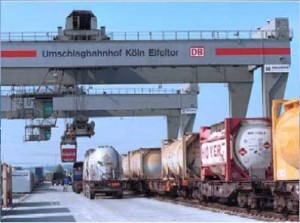
Running in Central and Eastern Europe are rather dynamic processes of changes in social relationship in the sphere of passenger transport. The marketing mechanisms already existing in this sphere result in one-sided transport development. Only potential profit-gaining traffic volumes have been developed. Such a situation does not quite agree with public interests. There often occur route lines, brands of transport facilities, traffic timetables, tariff policy, etc., which do not quite meet social demands. Such urban transport development may generate a relevant, far from being rational, infrastructure, involving material capitals. This, in turn, may give rise to specific inertial phenomena, which will much complicate the process of improving the existing situation. Any action taken to promote rational development of the urban passenger transport system, including prediction of its development parameters, would be welcome.

The goal of the paper is to develop a theory and methods for engineering and operation of the city passenger transport system, grounding on all-round study of the human factor, perception of travel conditions and their subconscious evaluation by passengers.
To attain this goal, the following tasks are proposed to be solved:
1. to develop a standard computer program for the purposes of generation of a rational system of urban passenger transport;
2. to model a city passenger transport system, basing on the advanced imitation modeling methods; in this case, the model should take account of the negative influence of transport fatigue on factors of social life activity, as well as urban residents’ motivation in choosing travel lines and routes in the course of city travels;
3. to calculate parameters of operation of rational routes according to different types of transport facilities (tramcars, trolleybuses, buses, microbuses), as well as assess parameters of city route system operation;
This chapter presents the Department research reports pertaining to the sphere of building-up city passenger systems.


